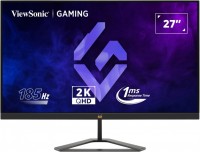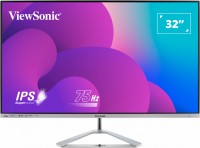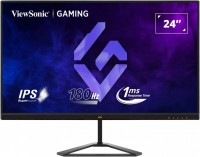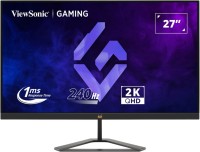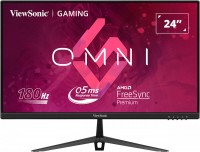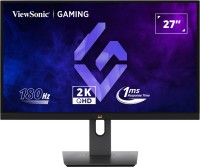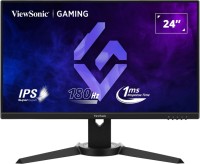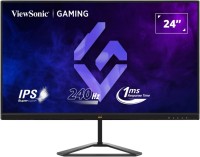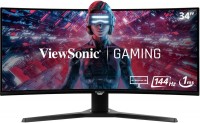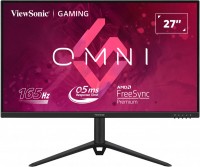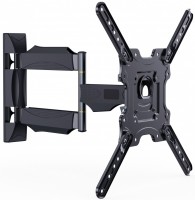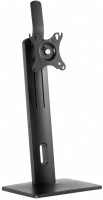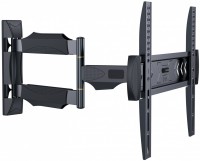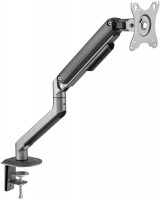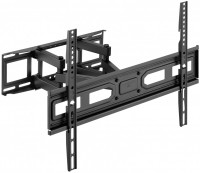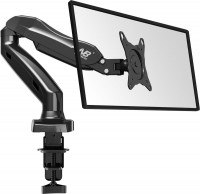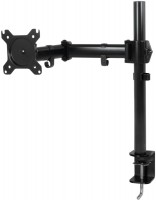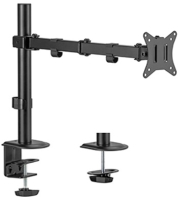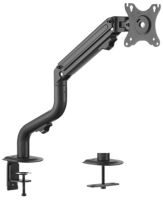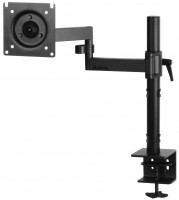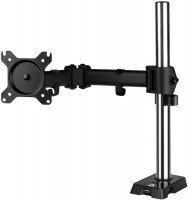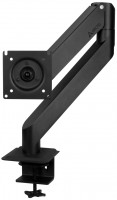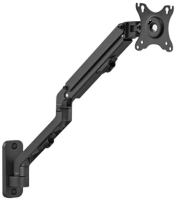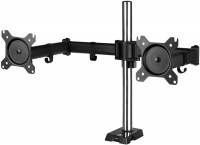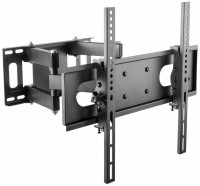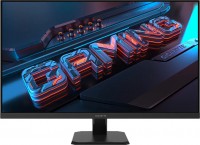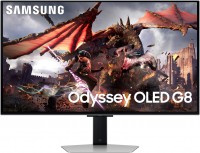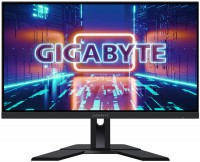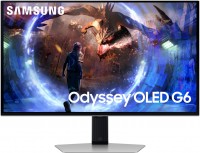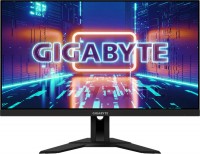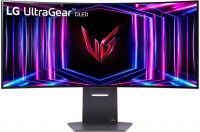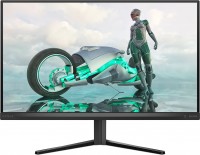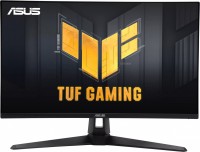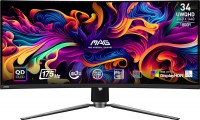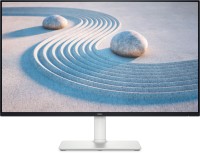Viewsonic VX3218C-2K 31.5 " black
 |
Viewsonic VX3218C-2K 31.5 " black
Screen size:31.5 "
Resolution:2560x1440 (16:9)
Panel:*VA, MPRT 1 ms
Frequency:165 Hz
Contrast:3 500:1
Brightness:250 cd/m²
Functions:HDR, AMD FreeSync Premium, VESA Adaptive-Sync, Flicker-Free
Connectors:HDMI, DisplayPort
All specifications
Specifications VX3218C-2K
|
| ||||||||||||||||||||||||||||||||||||||||||||||||||||||||||||||||||||||||||||||||||||||||||||
The information in the model description is for reference purposes.
Always clarify the specifications and configuration of the product with the online store manager before purchasing.
Catalog Viewsonic 2025 - new arrivals, bestsellers, and the most relevant models Viewsonic.
Always clarify the specifications and configuration of the product with the online store manager before purchasing.
Catalog Viewsonic 2025 - new arrivals, bestsellers, and the most relevant models Viewsonic.

How to Choose a Gaming MonitorWe understand matrix types, suitable resolution, FreeSync and other important aspects when choosing a gaming monitor

Monitor matrices types: TN+film, IPS, VA, OLED, QLED and QD-OLEDCurrent types of monitor matrices, their pros and cons, as well as recommendations for selection
Buy Viewsonic VX3218C-2K 31.5 " black
All prices 7 →When you make a purchase through links on our site, we may receive a affiliate commission.
ViewSonic VX3218C-2K 32-inch QHD 1440p Curved Gaming Monitor 165Hz 1ms AMD FreeSync Premium Integrated Speakers HDMI Display | £213.99 | ||||
Viewsonic VX Series VX3218C-2K computer monitor 81.3 cm (32") 256 | £214.07 | ||||
ViewSonic VX Series VX3218C-2K 32" Curved IPS Quad HD 4ms Height Adjustable Built in Speakers Gaming Monitor | £199.00 |  | |||
Viewsonic Viewsonic VX Series VX3218C-2K computer monitor 81.3 cm (32") 2560 x 1440 pixels Quad HD LED Black | £209.99 | ||||
Viewsonic VX3218C-2K | £213.99 | ||||
Viewsonic VX Series VX3218C-2K computer monitor 81.3 cm (32") 2560 x 1440 pixels Quad HD LED Black | £202.87 | ||||
| £214.07 | |||||
SimilarCompare using chart →

